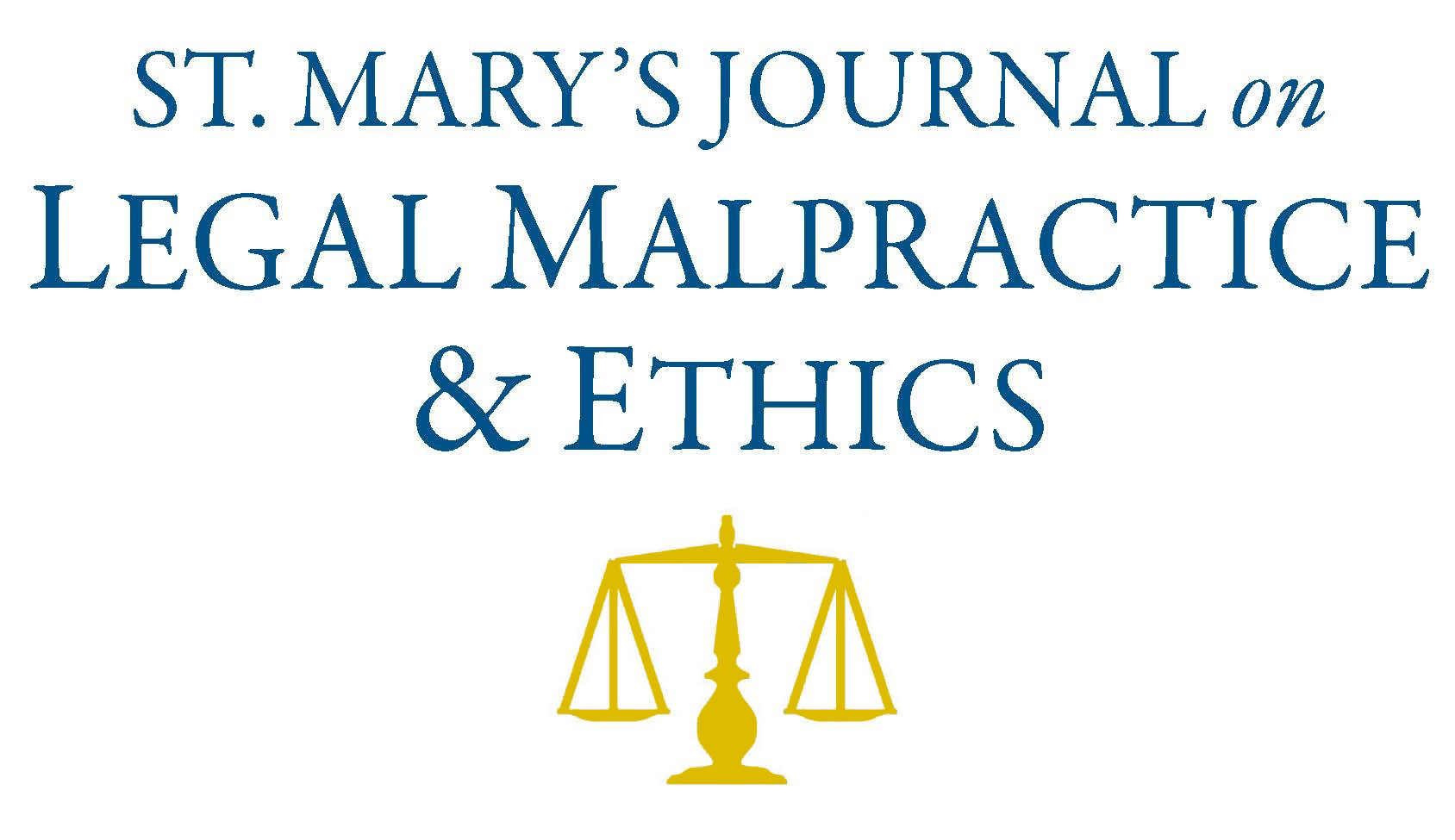
First Page
2
Date Created
1-2020
Publisher
St. Mary's University School of Law
Editor
Robert W. Derner
Last Page
28
Abstract
Medical malpractice law in China does not work. Disappointed patients and their families, or the gangs they hire, frequently resort to physical violence, beating up doctors and disrupting hospital activities in order to extort settlements. This happens because Chinese law has failed to provide viable remedies to many victims of medical malpractice.
This dysfunctional situation (medical chaos or yinao) has persisted for more than two decades. Today, parents in China discourage their children from attending medical school because practicing medicine is too dangerous.
Reforming Chinese medical malpractice law will be difficult. Many factors contribute to the public’s lack of confidence in both the healthcare system and judicial remedies.
Some principles of Chinese medical malpractice law—such as the informed consent doctrine—are similar to rules that apply in the United States. What is most striking about any comparison of American and Chinese medical malpractice law is the difference in focus. The American system focuses on the individual doctor. In contrast, the Chinese system focuses on the medical institution.
In the United States, the fundamental question is normally whether a doctor is personally liable for malpractice. Whether some other person or entity (e.g., a partner, a medical practice group, or a hospital) can be held vicariously liable for that same act, or liable for some other act of negligence, is generally a subsidiary question. This is true because doctors normally have medical malpractice insurance sufficient to cover a judgment or settlement.
In contrast, in China, the focus of the liability inquiry is always on the entity, not on the individual practitioner. Only medical institutions can be liable for medical malpractice. Individual medical staff members always escape tort liability because they cannot be sued.
This article argues that Chinese lawmakers should reform China’s medical malpractice law so that medical personnel are subject to individual responsibility for harm caused by their own blameworthy conduct. Imposing a risk of liability will spur attention to issues relating to the quality of medical care and doctor-patient relations. It will also create a needed incentive for doctors to engage in safe practices and deter the occurrence of unnecessary acts of negligence related to the practice of medicine.
The plight of Chinese medical malpractice law is instructive for those who deal with issues related to the losses caused by legal malpractice. The ultimate test for any body of law addressing issues of professional liability is whether the law operates with a sufficient degree of fairness that aggrieved individuals are willing to resolve their disputes through legal channels, rather than by resorting to brute force.
Recommended Citation
Vincent R. Johnson,
The Importance of Doctor Liability in Medical Malpractice Law: China Versus the United States,
10
St. Mary's J. on Legal Malpractice & Ethics
2
(2020).
Available at:
https://commons.stmarytx.edu/lmej/vol10/iss1/5
Included in
International Law Commons, Law and Society Commons, Legal Ethics and Professional Responsibility Commons, Legal Remedies Commons, Medical Education Commons, Medical Jurisprudence Commons

